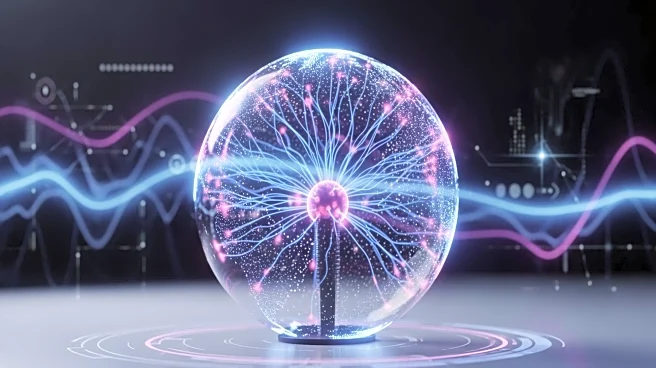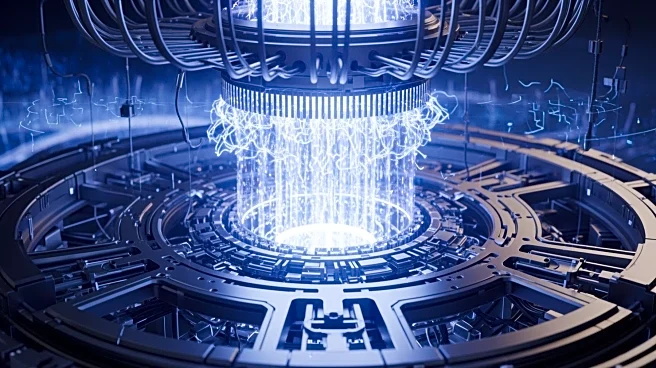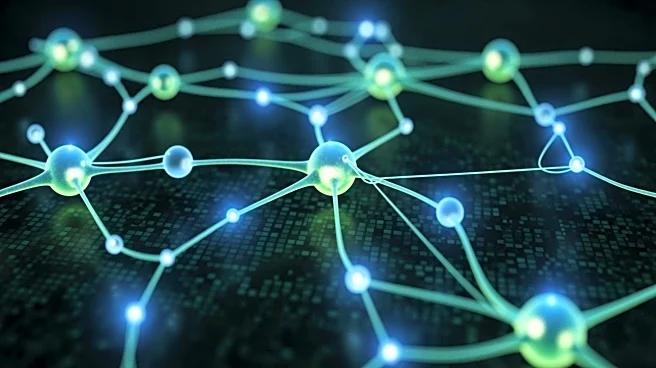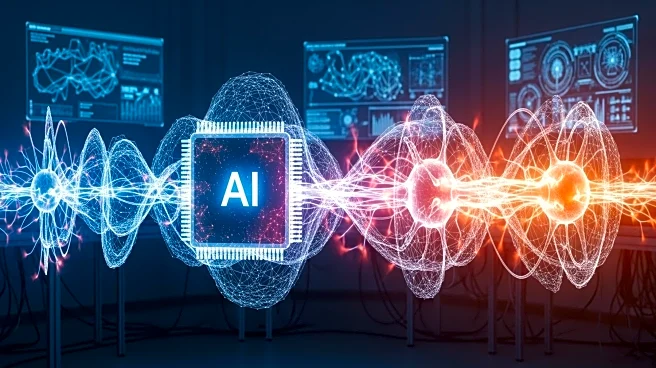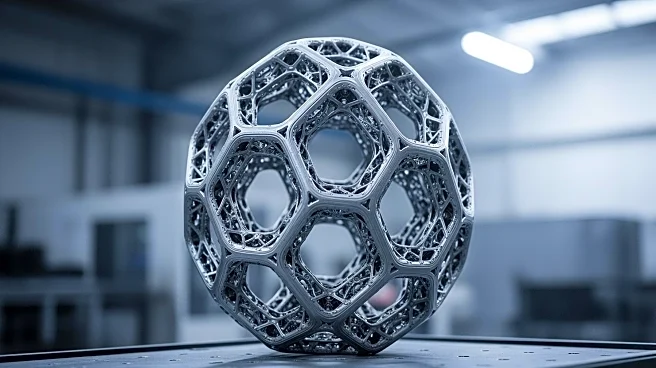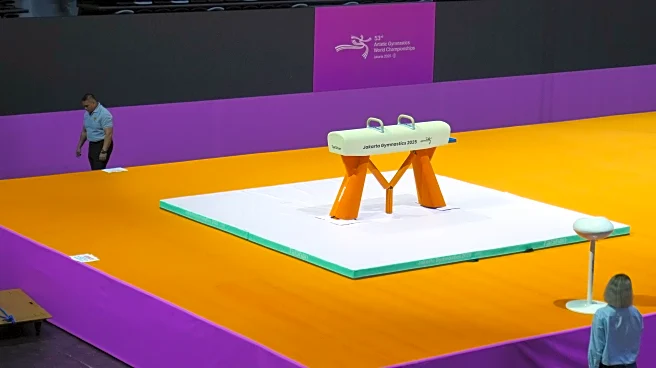What's Happening?
Researchers have developed a hybrid AI model to improve the safety of plasma shutdowns in tokamak fusion reactors. This model, trained on a limited dataset of high-performance plasma shots, combines physics-based
principles with machine learning to predict plasma behavior during the critical shutdown phase, known as 'rampdown.' The study, published in Nature, demonstrated the model's ability to design control trajectories that significantly enhance rampdown safety, reducing the risk of disruptions that can damage reactor walls. The model was validated on the Tokamak à Configuration Variable (TCV) in Switzerland, showcasing its efficiency despite limited data availability.
Why It's Important?
The development of reliable methods for managing plasma rampdowns is crucial for the future of fusion energy, which promises a clean and virtually limitless source of electricity. As fusion devices scale up to power-plant dimensions, the ability to safely control plasma shutdowns becomes essential to ensure the economic feasibility and viability of fusion power. The AI model's success in predicting and controlling plasma behavior represents a significant advancement in fusion technology, potentially leading to more reliable and efficient fusion reactors.
What's Next?
The implementation of this AI model in real-world fusion reactors could pave the way for safer and more efficient fusion energy production. As fusion technology continues to evolve, further research and development will focus on refining these predictive models and integrating them into larger-scale fusion devices. The success of this approach may encourage more investment and interest in fusion energy as a sustainable alternative to traditional power sources.
Beyond the Headlines
The integration of machine learning with established physics principles in this AI model highlights the potential of scientific machine learning (SciML) to address complex challenges in energy production. This approach not only improves the reliability of fusion reactors but also demonstrates the broader applicability of AI in scientific research and technological innovation.


